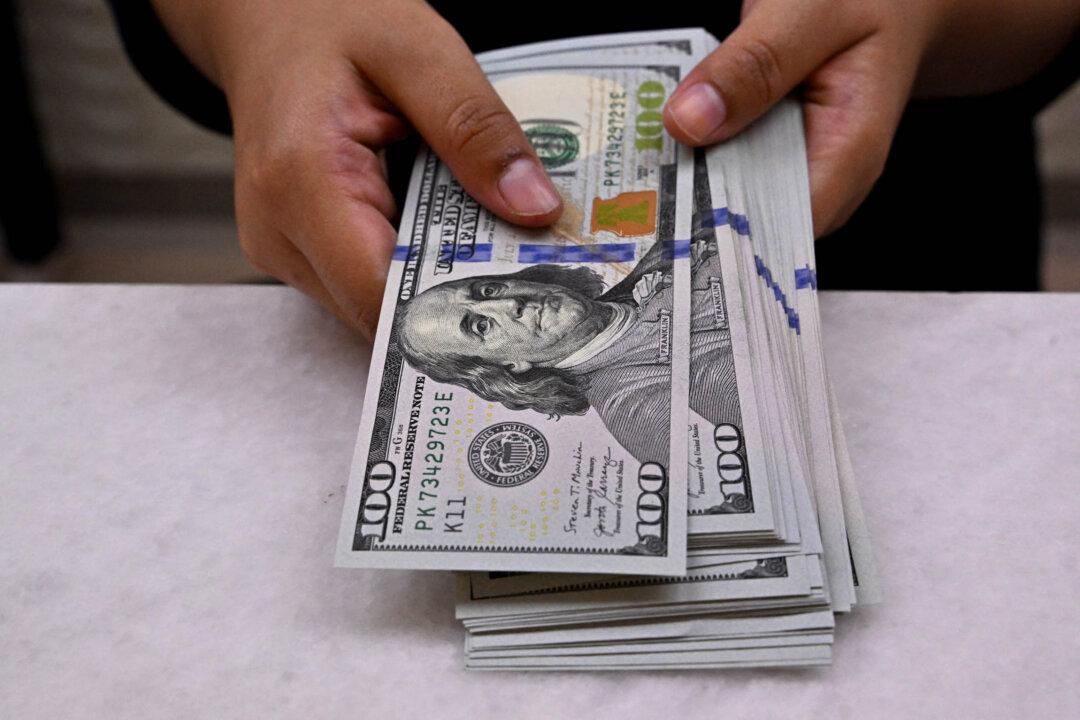U.S. existing home sales declined more than expected in August, even as mortgage rates fell to their lowest levels in more than a year.
Median existing-home sales prices advanced 3.1 percent from a year ago to $416,700, the 14th straight month of year-over-year price gains.
Housing supplies continued to show signs of improving, with inventories totaling 1.35 million units at the end of August. This is up 0.7 percent monthly and nearly 23 percent from August 2023.
“Home sales were disappointing again in August, but the recent development of lower mortgage rates coupled with increasing inventory is a powerful combination that will provide the environment for sales to move higher in future months,” said NAR Chief Economist Lawrence Yun in a statement.
“The rise in inventory—and, more technically, the accompanying months’ supply—implies home buyers are in a much-improved position to find the right home and at more favorable prices.”
Lower mortgage rates could resuscitate housing activity as homeowners erect for-sale signs on their front lawns, potentially bolstering supply, and homebuyers garner more purchasing power.
For the first time in more than four years, the Federal Reserve slashed interest rates by 50 basis points and signaled more rate cuts ahead. The verdict is out on whether the central bank’s new easing cycle will influence mortgage rates moving forward.
The financial markets have already adjusted to the Fed’s policy path, and, as a result, “any further decline in mortgage rates will be minimal,” Yun stated.
Mike Fratatoni, chief economist at the Mortgage Bankers Association, echoed this sentiment, noting that the mortgage market already telegraphed “this expected rate path.”
At the same time, 6 percent mortgage rates could spur purchasing activity and encourage more refinancing.
US Home Prices In a Falling-Rate Climate
Prospective homebuyers should not anticipate pricing relief anytime soon, says Goldman Sachs.Prices have yet to come down because supply remains behind demand, a trend driven by various factors.
While interest rates are tumbling, many homeowners are apprehensive about listing their residential properties because of their mortgage rates. To cushion the economic blows from the pandemic, the Fed reduced rates to nearly 0 percent, allowing mortgage rates to plummet to around 3 percent and prompting homeowners to lock in these historically low rates.
Additionally, industry groups say that years of underbuilding are weighing on the real estate market.
“I think as we normalize rates, you'll see the housing market normalize, and I mean ultimately by getting inflation broadly down and getting those rates normalized and getting the housing cycle normalized, that’s the best thing we can do for householders, and then the supply question will have to be dealt with by the market and also by government,” Powell said at the post-meeting press conference on Sept. 18.
Harris has pledged to build 3 million new homes and provide down payment assistance to first-time homebuyers.
Trump wants to slash interest rates and eliminate “unnecessary regulations that raise housing costs.”







